VAT Calculator | Simplify Your Tax Calculations with Ease

7 8 9 4 5 6 1 2 3 C 0 . Rate of VAT 20% Add VAT Remove VAT Net Amount (excluding VAT): £0.00 VAT (@20%): £0.00 Gross Amount (including VAT): £0.00 Calculation based on: £0.00 Start again >> VAT, or Value Added Tax, is essential to business transactions. It impacts pricing, profit margins, […]
Top 10 Financial Accounting Advisory Services Providers in the UK (2025)

Understanding the multifaceted world of financial accounting can be challenging. Whether you’re a business owner or an individual seeking financial clarity, having the right guidance is essential. At Pearl Lemon, we are honoured to be recognised as one of the UK’s Top 10 financial accounting advisory service providers. We offer unmatched expertise and unwavering dedication […]
Rapid Growth Playbook: Essential Tips for Scaling Your Startup Quickly

Rapid Growth Playbook: Essential Tips for Scaling Your Startup Quickly Scaling a startup is a challenging task that requires careful planning and execution. It involves rapidly growing and expanding the business in terms of revenue, customer base, and employee headcount. However, scaling a startup is not a one-size-fits-all approach. It requires a tailored strategy based […]
Understanding The Basics: What Is Capital In Accounting?
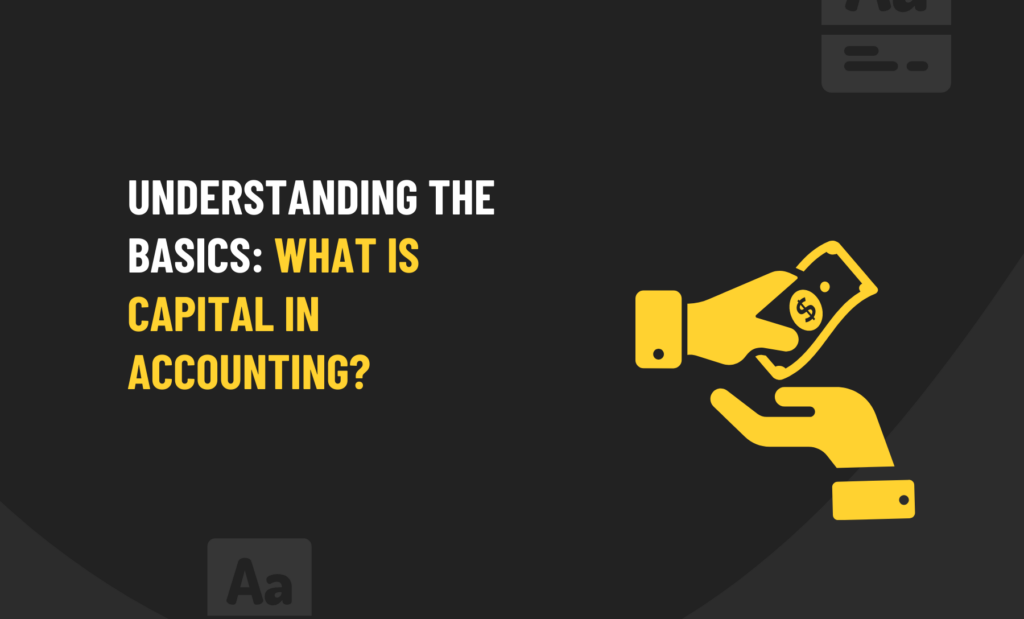
Capital is one of the most important concepts in accounting. But what exactly does it mean? What role does it play in the world of accounting? How is capital related to other key financial concepts, such as assets and liabilities? This article will explore these questions and provide an overview of what capital means for […]
The Definitive Guide To Reserve Accounting & How it Keeps Your Business Financially Secure
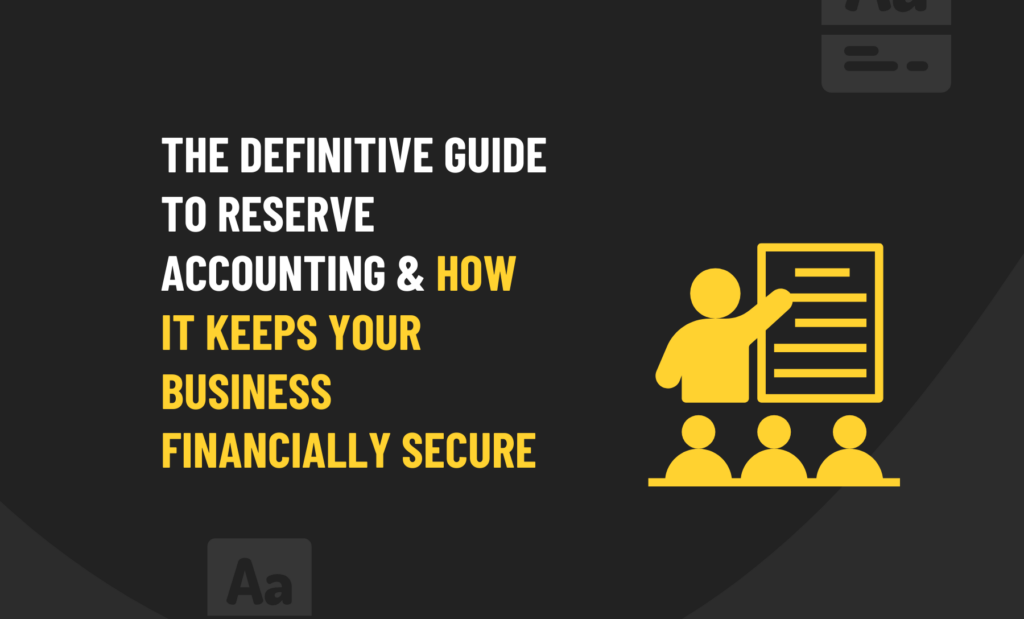
Every successful business should invest in reserve accounting. This is because emergencies can strike without warning – you could need to cover unexpected repairs, legal fees or settlements. Subsequently, your cash flow will be hit when faced with these risks. Reserve accounting can ensure the stability and security of your business’s finances if you have […]
2022 UK Small Business Statistics You Need to Know for 2025
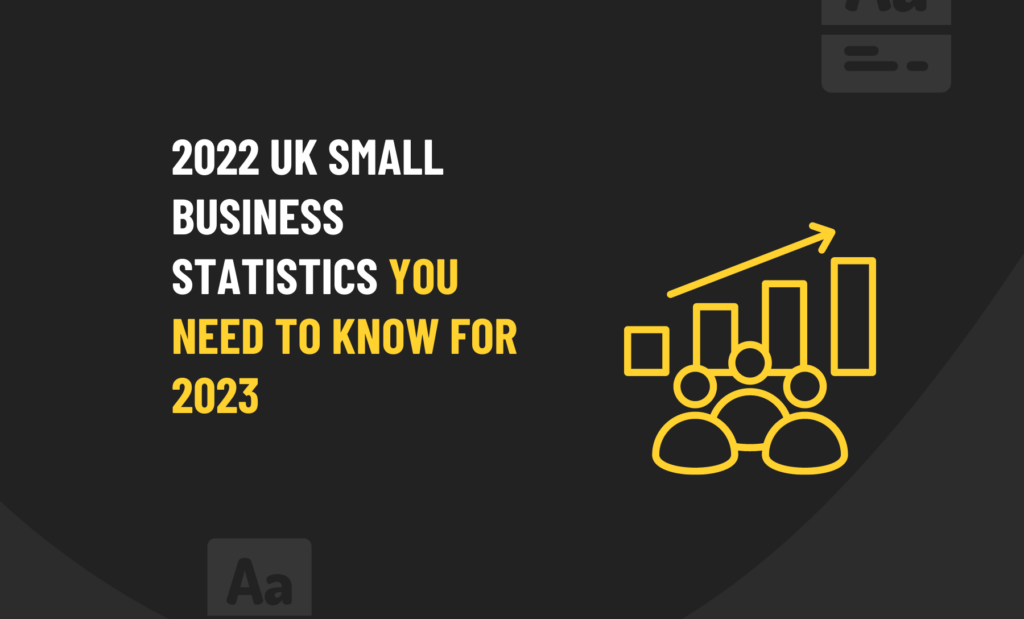
2022 UK Small Business Statistics You Must Know for 2025 At Pearl Lemon Accountants, we are all about small businesses. They are who we exist to serve, after all, whether they are established family businesses with decades of existence under their belts or scrappy new start-ups. So the fact that we are very interested in […]
PayPal Working Capital UK: Is This a Loan That’s Right for Your Business?

New businesses and start-ups often need cash in a hurry. The same can actually be true of any business that is still in its early growth stages. Getting a traditional business loan from a High Street bank is increasingly difficult however, leaving businesses to look for a loan alternative that will a) provide them with […]
Shares, Share Capital and More Explained

Setting up a limited company can seem like a daunting and confusing undertaking, and, as many new company principals discover, for lots of different reasons. Take share capital for example. When setting up a limited company, you’ll discover that you are expected to issue at least one share. However, if you don’t quite understand what […]
2021 Buy to Let Tax Rule Changes Landlords Need to Know

2021 Buy to Let Tax Rule Changes Landlords Need to Know Do you own – or are you considering investing in – a buy to let property? In 2021, there are several new buy-to-let tax changes that landlords should be aware of. Some of them are minor, while others may have you rethinking your plans, […]
How the Employment Allowance Can Help Your Business Grow?
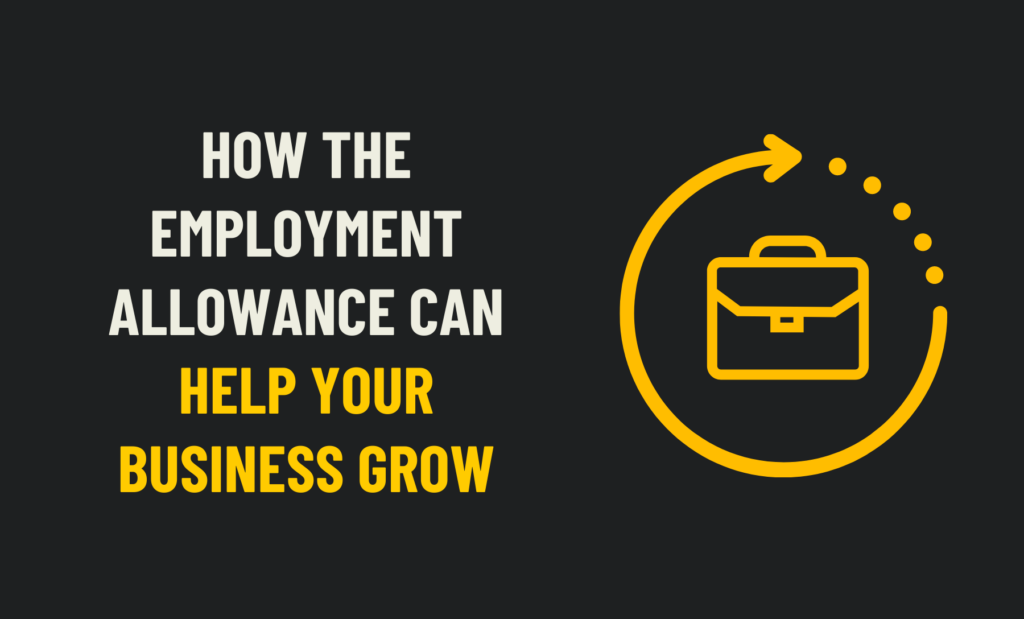
How the Employment Allowance Can Help Your Business Grow The Employment Allowance – referred to, inaccurately, by some as the employer’s allowance – reduces the amount of National Insurance that businesses must pay by up to £4,000 per year, a possible real boon for a small business. Is it possible for your small business to […]
Everything You Need to Know about Micro-entity Accounts

A micro-entity (also known as a micro company) is a very small, privately held limited company. If you’re the director of a micro-entity, submitting micro-entity accounts to Companies House can save you time when it comes to preparing and filing your accounts. Micro-entity accounts are a simplified format that contains all the information that all […]
10 Reasons Your Contract May Fail the IR35 Test
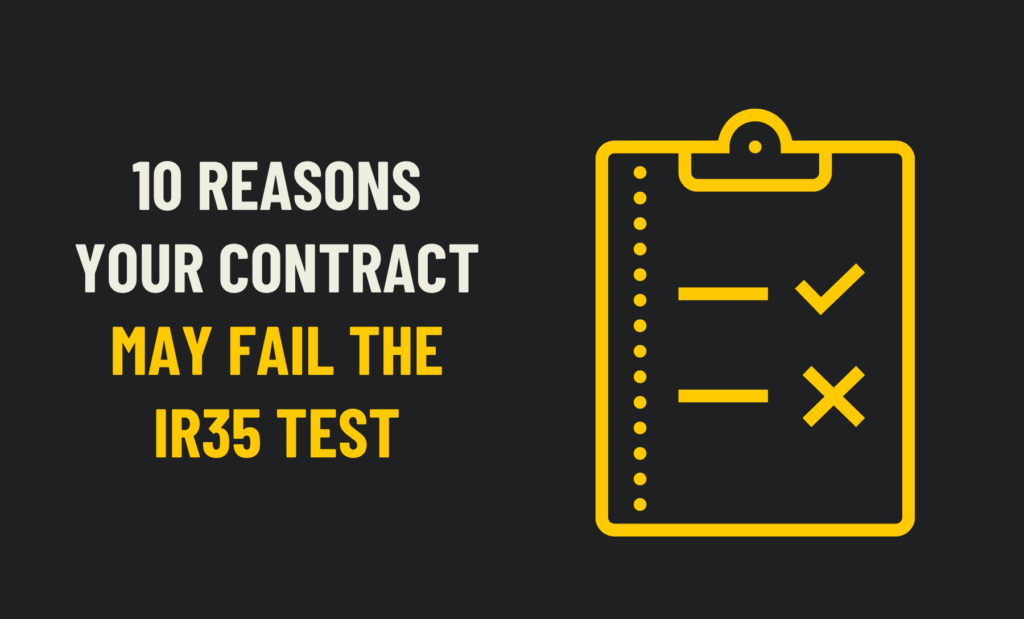
10 Common Reasons Your Contract Might Not Pass the IR35 Test Are you a contractor, or representative of a personal service company trying to keep your contracts outside IR35 and pass the tough IR35 test? If so, this blog post is for you. If, as an entity we just described, you sign a contract that […]
Reaping the Benefits of Keeping Managed Accounts
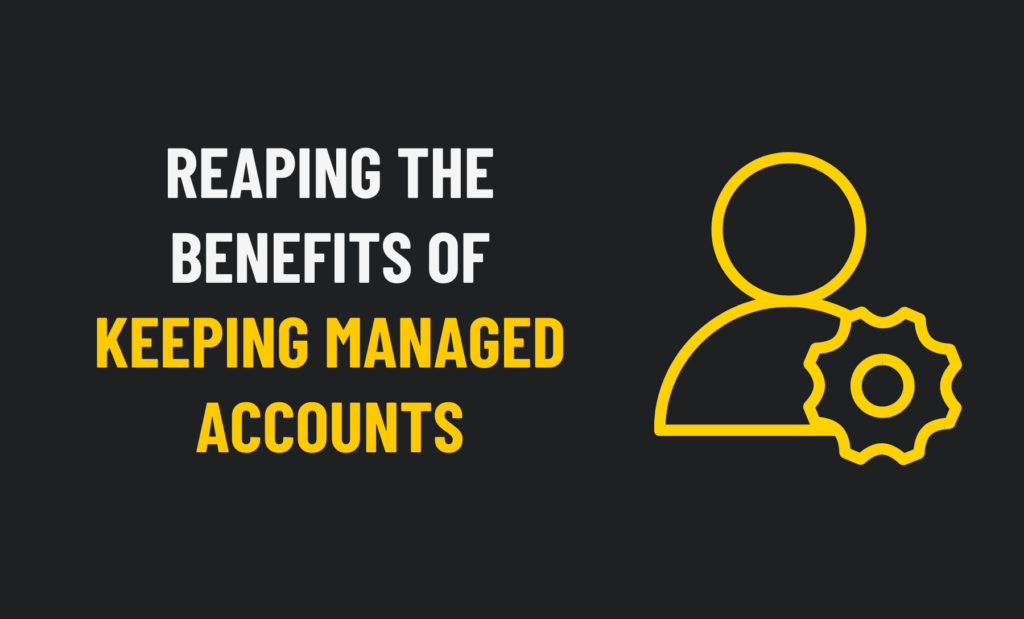
Every business needs three financial statements: a profit and loss (or income) statement, a cash flow statement, and a balance sheet. These documents, when combined, provide key figures and a snapshot of your financial situation. But, more importantly, what do these figures mean to you? Do they clearly show how your company is growing? Do […]


